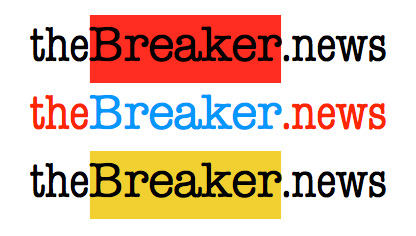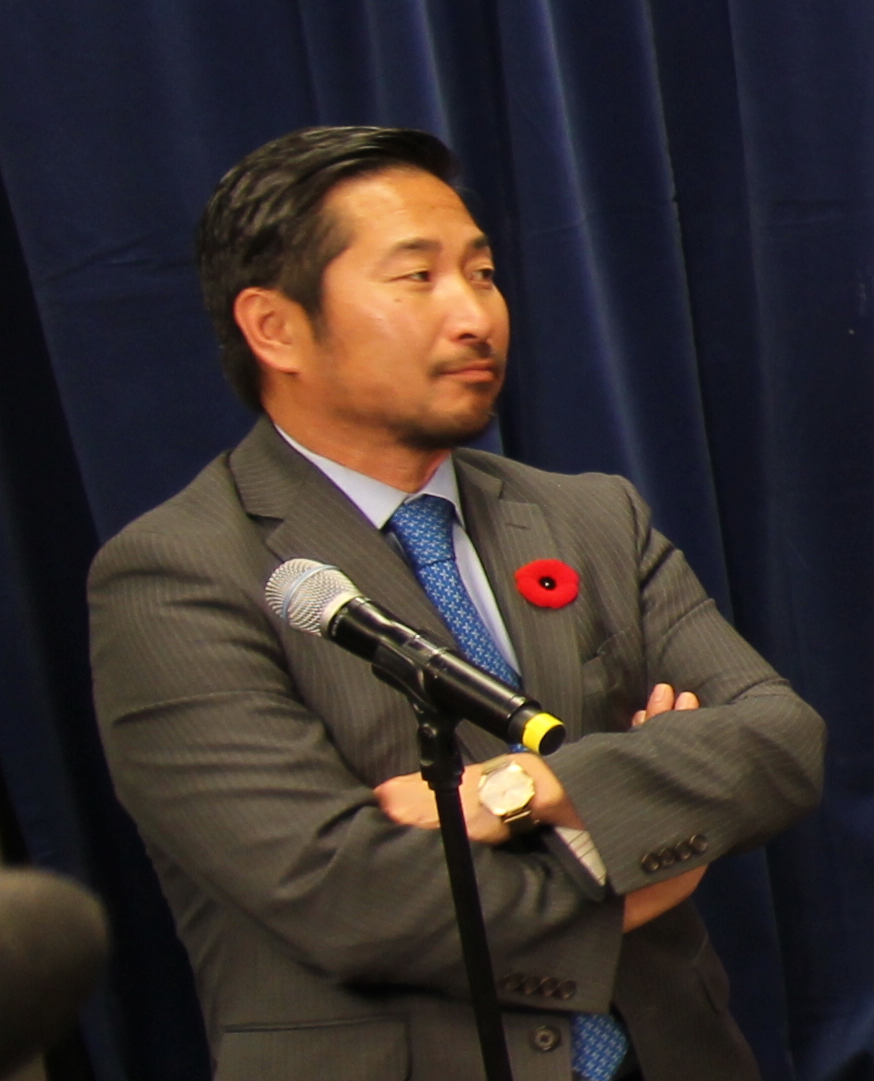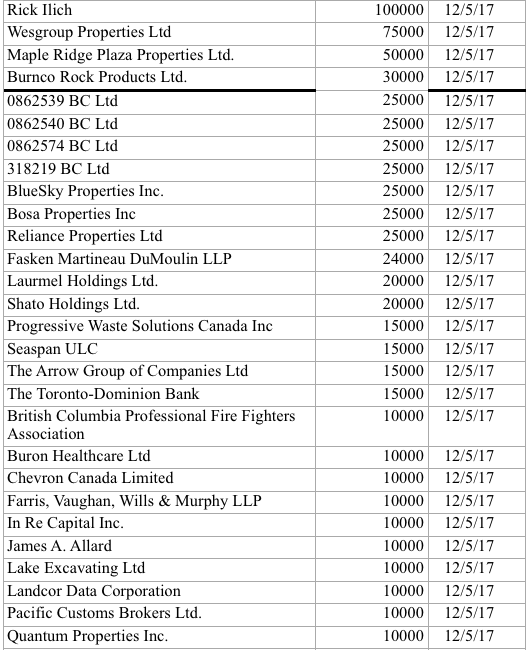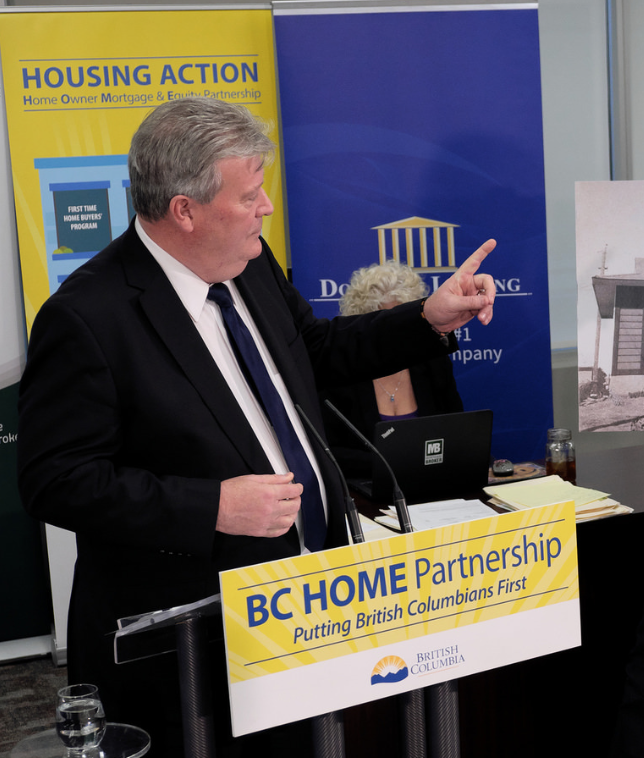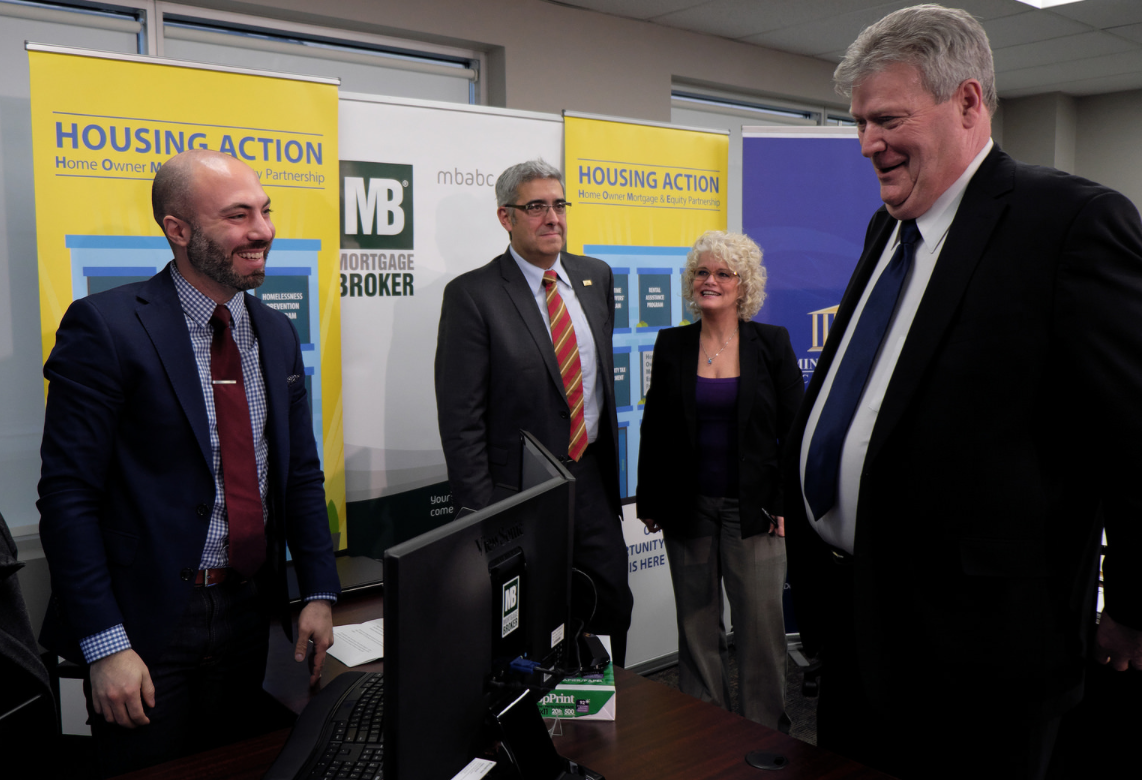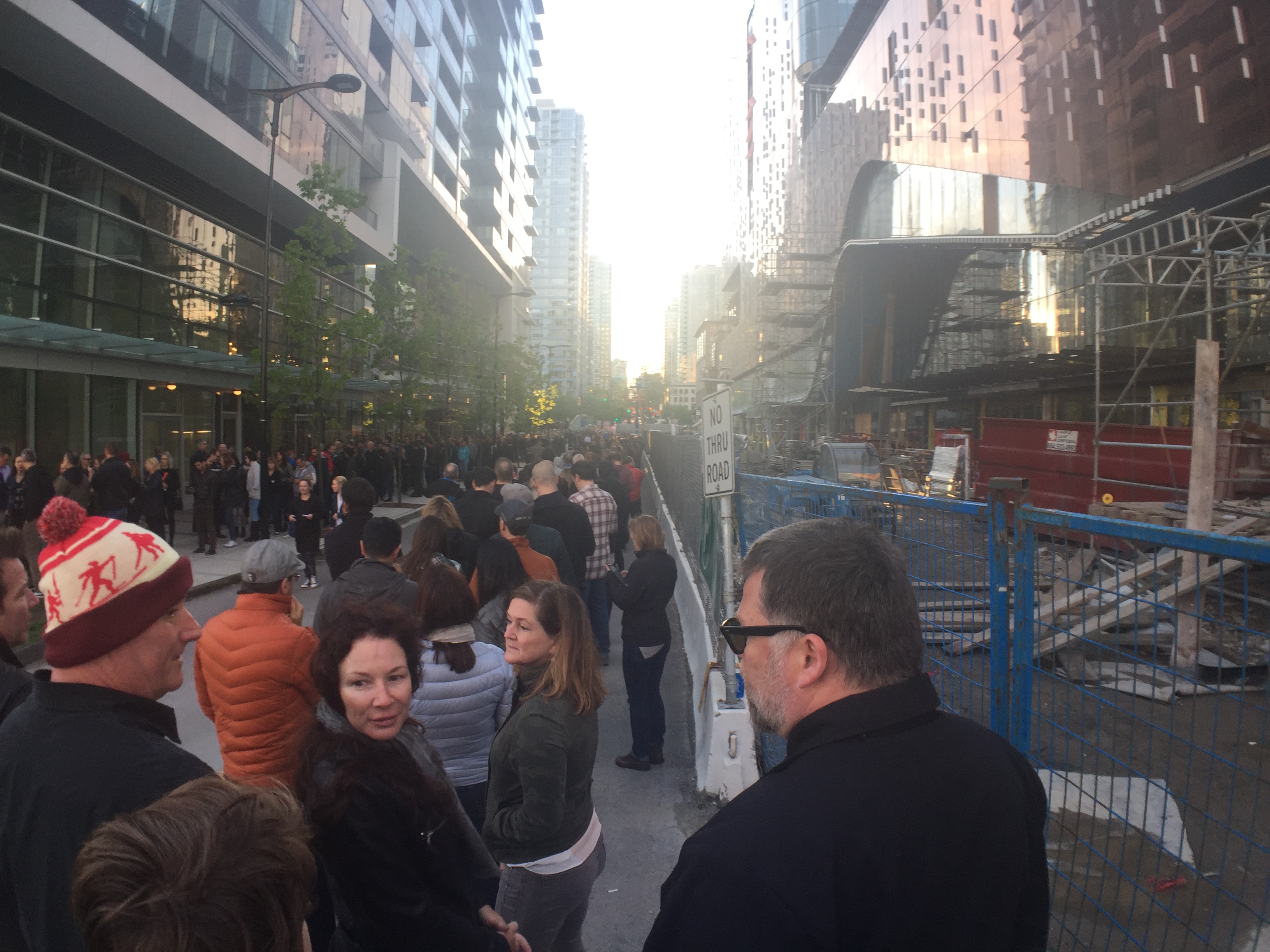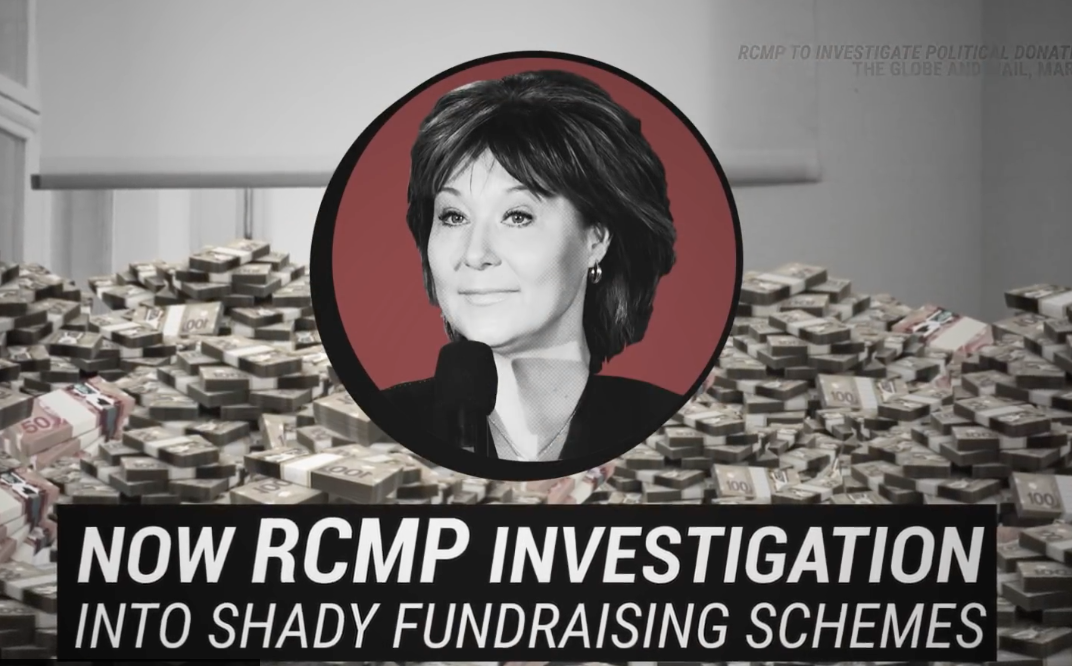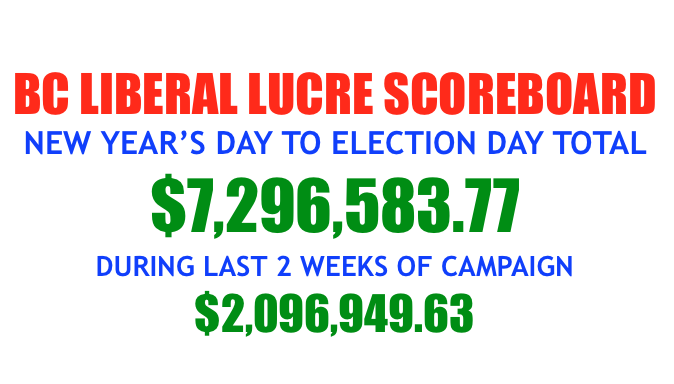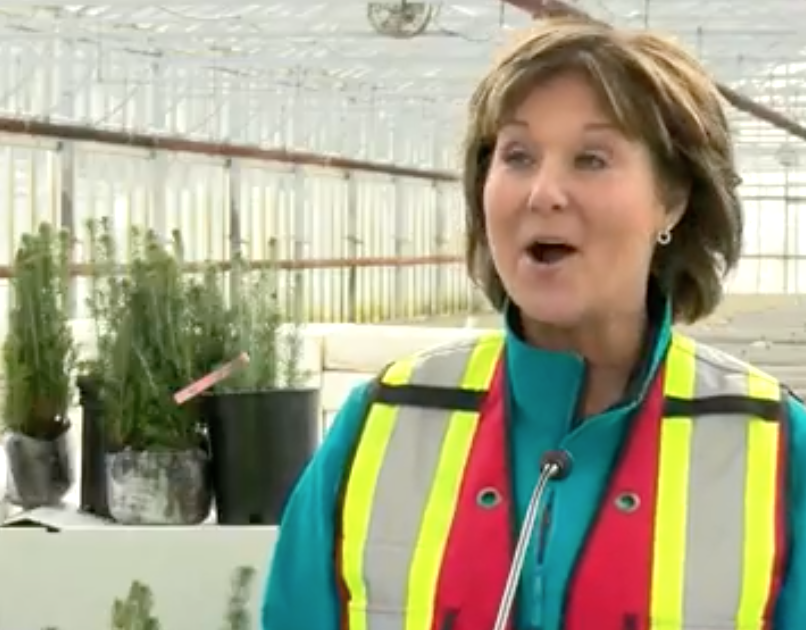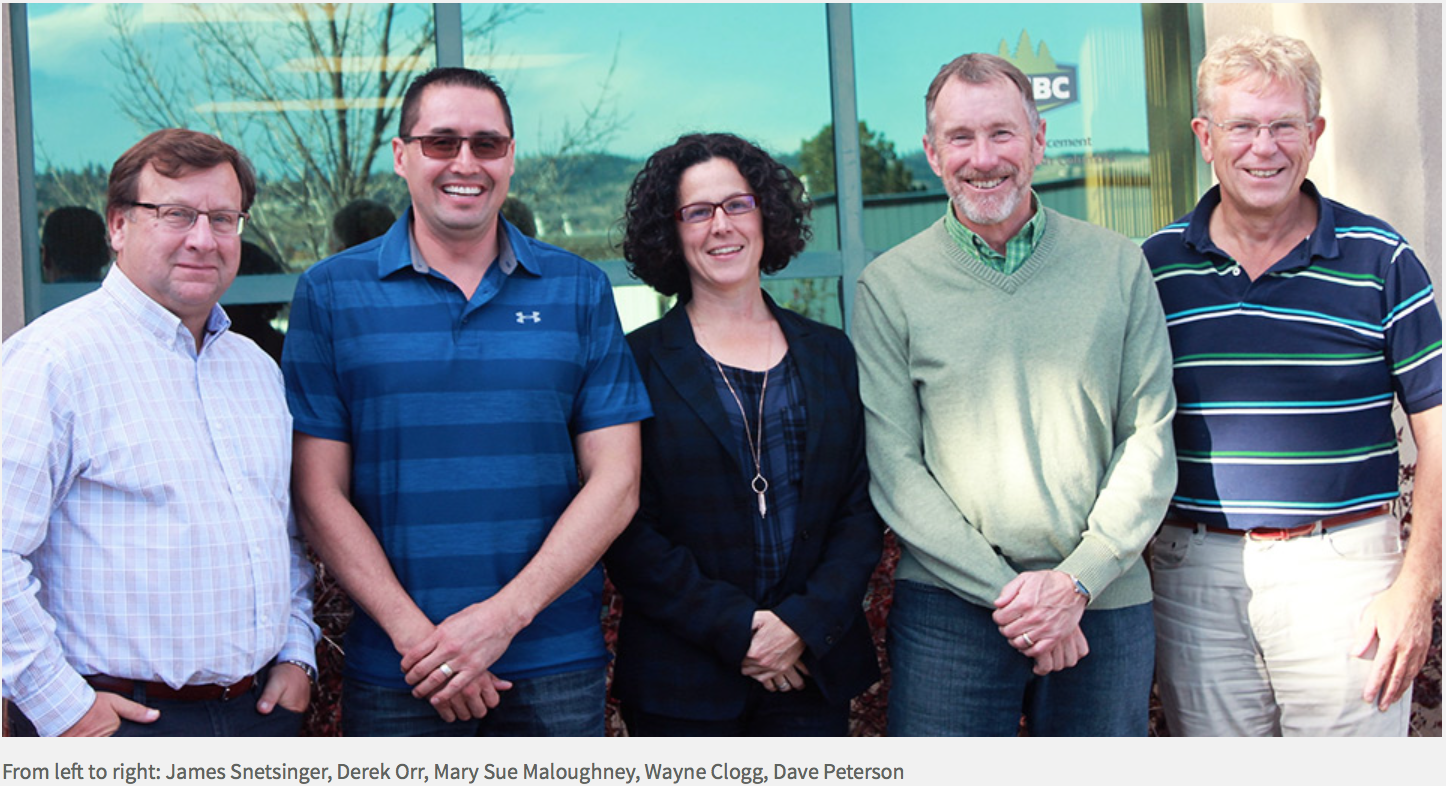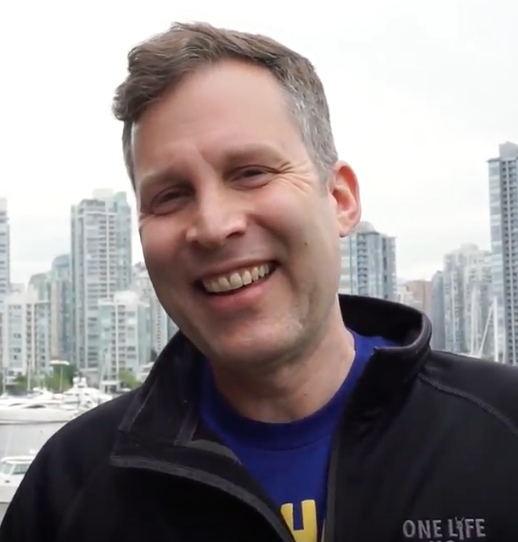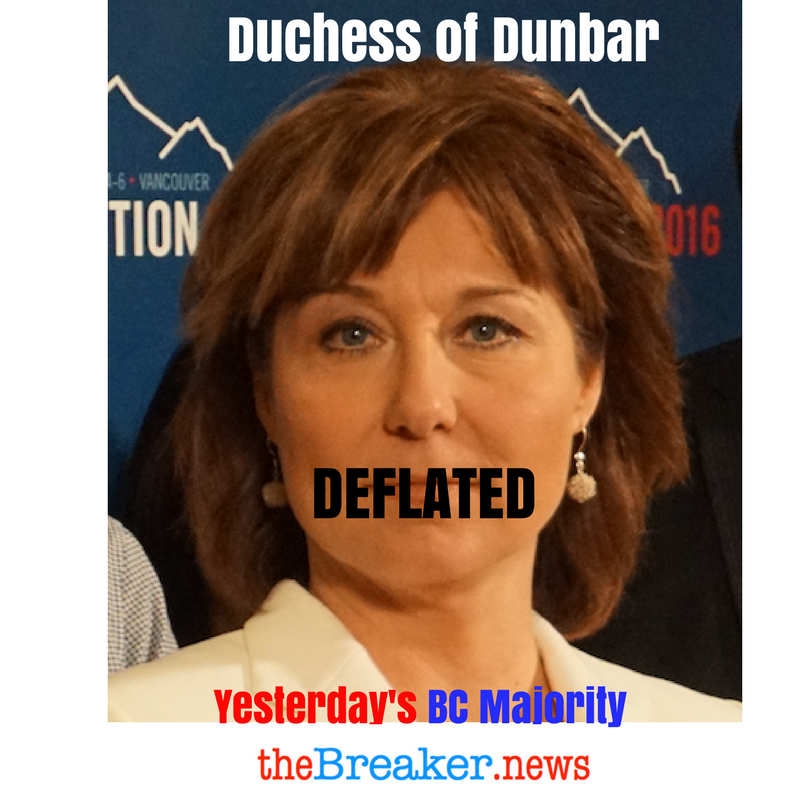Lawyer for heiress behind bankrupt Pemby Fest points finger at promoter
Bob Mackin
The lawyer for a former director of the numbered company behind the bankrupt Pemberton Music Festival is pointing the finger back at New Orleans-based producer Huka Entertainment.
Amanda Girling was one of three directors who quit 1115666 B.C. Ltd. the week before the July 13-16 festival was cancelled and put into bankruptcy. Girling did not respond to phone or email messages from theBreaker. Her lawyer, William Skelly, said he would only answer questions via email on her behalf.

Amanda Girling
A Huka statement issued after the May 18 cancellation claimed that it was PMF’s decision. Asked whether that was accurate, Skelly wrote that the bankruptcy and cancellation were approved by all members of the board. “One of the members of the board was a representative of Huka [Stephane Lescure of Calabasas, Calif.]. He also approved of the resolution to assign the [General Partnership] and [Limited Partnership] into bankruptcy.”
There was no answer at Lescure’s listed phone number when theBreaker tried calling.
The numbered company, which also included Site C dam subcontractor Jim Dales, replaced Twisted Tree Circus, a company run by Huka executives Evan Harrison and A.J. Niland, as the general partner in April.
Ticket holders are the largest group of unsecured creditors, for a total $8.225 million of the $13.17 million owed to unsecured creditors. The two secured creditors, 1644609 Alberta Ltd. and Girling’s Janspec Holdings Ltd., claim a combined $3.57 million. The $6.6 million in assets includes $2.9 million cash.
The first meeting of creditors is scheduled for 10 a.m. on June 6 at Vancouver’s Robson Square complex. The Ernst and Young notice says creditors must lodge a proof of claim in order to vote at the meeting.
Billboard reported May 26 that Huka had commenced layoffs.
theBreaker asked Skelly whether Girling, Lescure and third director Jim Dales considered downsizing the festival by the number of days or performers. He said there was no alternative financing available. 
“The board considered all alternatives to allow the festival to proceed,” Skelly wrote. “It is unfortunate for ticketholders, artists, suppliers and all those affected that, with the insufficient ticket sales and unfavorable currency exchange, the festival had to be cancelled.”
Festival site for sale
The Girling-controlled Sunstone Ridge Developments lands, which hosted the festival, are listed for sale at $16.8 million through agent Paul Prade of Coldwell Banker Commercial. The 273-acre property, which has residential zoning for 40 acres, was assessed at $7.49 million last year.
“The owners have invested over $2 million in site improvements, engineering, and consultant reports. The owners will retain the right to leaseback the farmland,” says the sales brochure. “Sunstone Ridge is offered for sale as is or as a joint venture opportunity with a strategic partner.”
Skelly refused to say why it is for sale. He deemed the question “not relevant.”
Skelly also deemed several other questions from theBreaker “not relevant,” such as a request to see the Turner Foundation’s annual audited financial statements, why Girling is not speaking directly to the media, and whether her other businesses, including the Oak Tree Manor seniors home in Nanaimo, are in jeopardy.
Daniel Fontaine, CEO of the B.C. Care Providers Association, said Oak Tree Manor is not a member of his association or the B.C. Seniors Living Association.
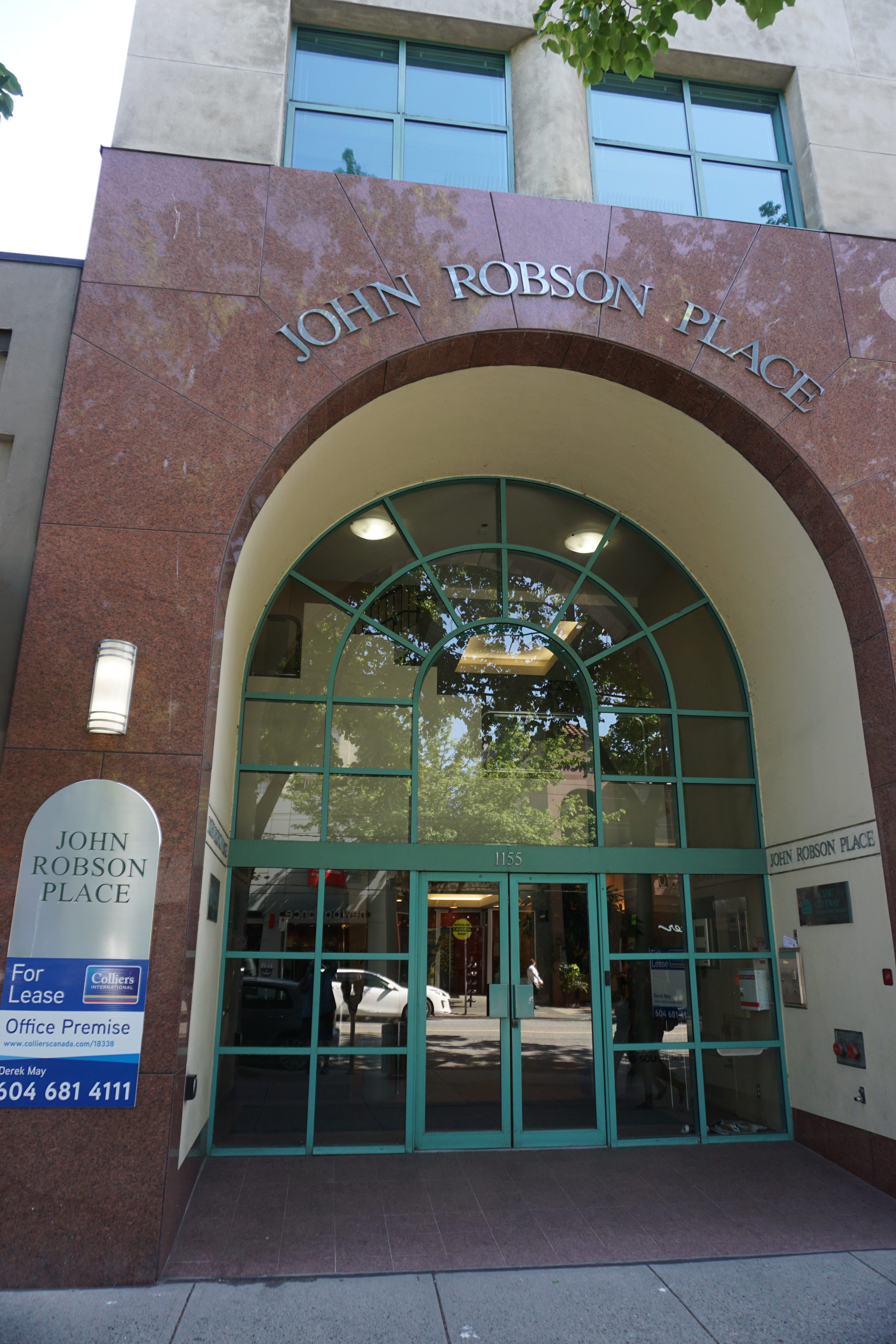
Vancouver headquarters of Girling-owned companies (Mackin)
Girling is an heiress to the fortune of her late father Clifford Turner. The British-born packaging tycoon died in 2015, a few months shy of his 95th birthday. He was the last surviving co-founder of Linpac. A June 2003 story in the Telegraph described Linpac as a maker of fast food boxes for McDonald’s and shipping crates for Harley Davidson motorcycles, and valued at 900 million GBP.
Girling, her brother Jeremy Turner and Clifford Turner co-founded both Janspec and Sunstone Ridge in 2009. The Turner Foundation is described as a provider of water and education to children and families in Kenya. Last year, it reported only $12,288 in revenue and $12,556 in expenses.
Girling lives in a mansion on 4.2 acres near Glen Valley in Langley that is registered to AJG Enterprises Inc. It was assessed at $2.134 million last year. Jeremy Turner has a four-storey, ocean view house in White Rock, purchased in June 2016 with a declared value of $2.7 million.
Nyal Wilcox, executive director of the Turner Foundation, replaced Clifford Turner as a director of Sunstone Ridge. Girling and accountant Neil Colquhoun, the president of Janspec Holdings, are listed as officers of the company.
Marc Geiger, the head of music at leading talent agency WME, vowed to pursue all the organizers personally, to the full extent of the law. Geiger represents several acts that were booked to play Pemberton, including Tegan and Sara.
Skelly had no comment.
Bob Mackin The lawyer for a former director


